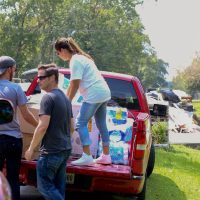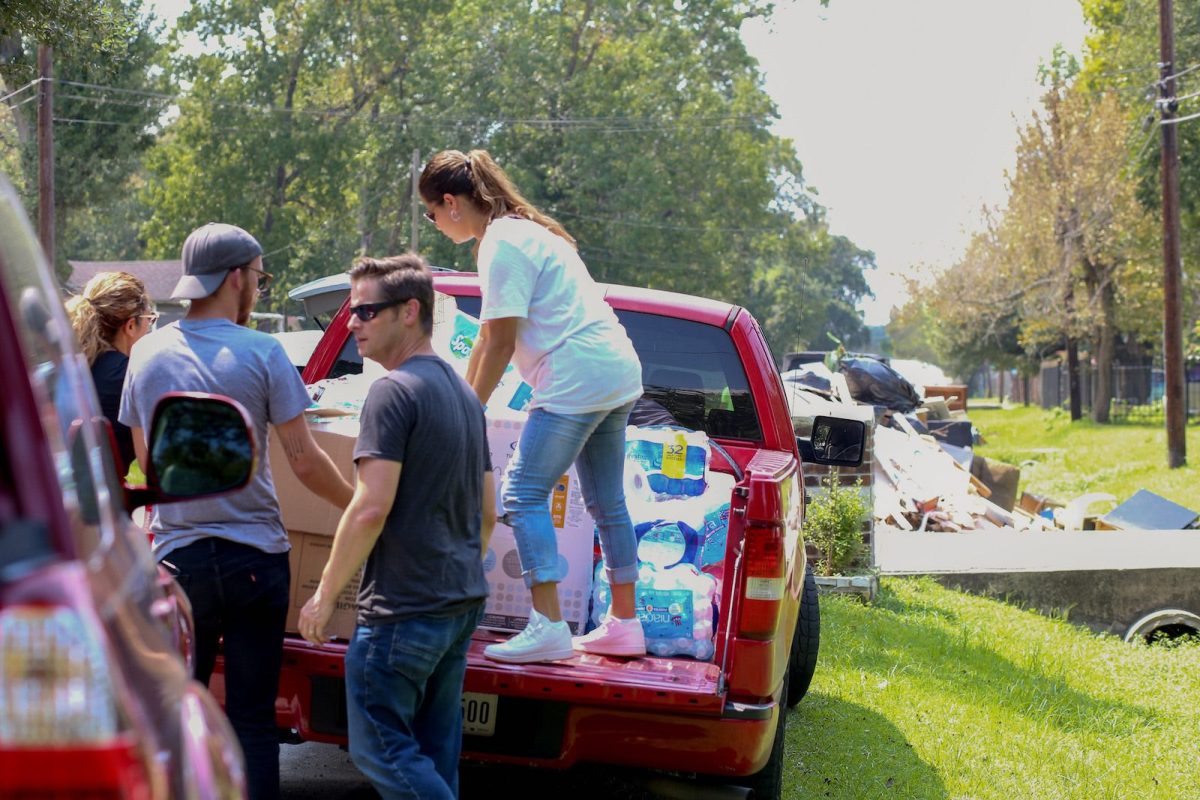Want to help? Stop waiting for someone to tell you what to do and start making it happen.
“How can I help?”
It’s the most natural thing to ask during a crisis. We see people suffering, we want to help, but we don’t know what to do.
So we ask.
Unfortunately, it’s not a very helpful response. People in crisis are often too overwhelmed or traumatized to name their need and delegate it. First responders are often so busy just trying to respond to the crisis, they don’t have capacity to field inquiries or coordinate volunteers.
The best way to help—whether it’s a natural disaster or a personal crisis—is, well, to just show up and start helping. Here’s are four steps to help you do that:
Step 1: Show up and listen.
I know it it’s difficult to know where to start, but honestly, just go to the people or places experiencing crisis and do something obviously helpful. The initial, most pressing needs are usually easy to identify—if you are present. Show up with groceries, mow their lawn, help them clean. And while you do that, listen to their stories.
Because when people tell their stories, their needs usually come to the surface. You can hear it in their concerns, anxieties, fears, and challenges. And that’s where you start.
That’s what David did after Hurricane Harvey hit hard in a tucked-away neighborhood in northwest Houston. He’d never been there before. He knew many families there were Mexican immigrants, and he didn’t speak a lick of Spanish. But he felt compelled to go.
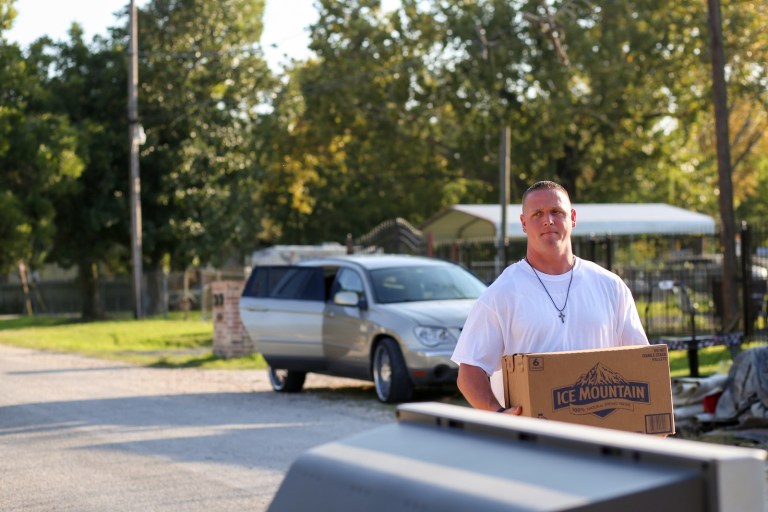
The day after the storm, he showed up with things he knew people needed most—bottled water, cleaning supplies, toilet paper, hygiene kits, etc. He knocked on doors and handed them out.
The next day, he went back and did it again. He brought bilingual friends who helped him understand what people needed. By listening, he learned that most families there didn’t have working kitchens. So on the third day, he showed up with a BBQ and mess of meat and fed everyone a hot dinner. It was exactly what they needed after two days ripping apart their waterlogged homes.
Then, he just kept showing up and listening. At first everyone called him “El Americano” or “That Tall White Guy.” Weeks later, he was still there helping them rebuild their homes. Now they call each other family. Brother.
We came alongside David to serve this overlooked neighborhood. But the reality is, David was there first—because he chose to show up. If David had waited for someone to tell him what to do, none of it would’ve happened.
Step 2: Research and Gather Resources.
Once people tell you their stories and you figure out what they need, the next step is to figure out how to make it happen. Do you need permits to rebuild? Are there certain things that seem helpful, but actually aren’t? How can you get the materials that you need? Are there government programs that can help?
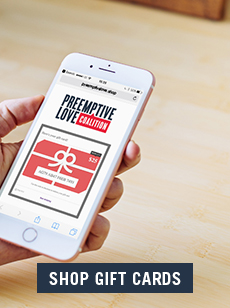
This step is essentially spent on the phone. These days, most of us prefer the internet over picking up the phone, but you’re going to have to get over that. Phone calls get stuff done. Google doesn’t.
Charisse knew that, which is why she didn’t bother with the internet. Her community is 90 minutes outside Houston, and while her own home was spared by Hurricane Harvey, much of her town was underwater for nearly a week. When the rain finally stopped and she saw the scope of damage, she was heartbroken. She had to do something.
Initially, she went to her church, but they said they didn’t have the capacity to help. So she picked up the phone and started calling churches in the surrounding area. Houston churches were already swamped trying to help their own neighborhoods and didn’t have the resources to help a community more than an hour away.
Undeterred, she kept expanding her circle until she found a church in Waco that connected her with Preemptive Love. Members of our community showed up to provide all the supplies she needed to help her community.
If Charisse had waited until someone told her what to do, none of that would’ve happened.
Step 3: Rally People Around You.
We can’t do it alone. No one accomplishes anything worthwhile entirely on their own. We need each other!
Penny has mastered this concept and it’s turned her into the patron saint of Bear Creek—a neighborhood in west Houston that saw some of the worst flooding last summer.
Once again, it started with showing up. The day after the storm, she went for a drive to check out the damage and stumbled into Bear Creek. She smelled the problem before she saw it. The entire neighborhood had been flooded not only with water, but with raw sewage.
She had to do something. She listened to the people in the neighborhood, researched how much drywall needed to be torn out and what chemicals were best for mold remediation, and bought herself a tool-belt.
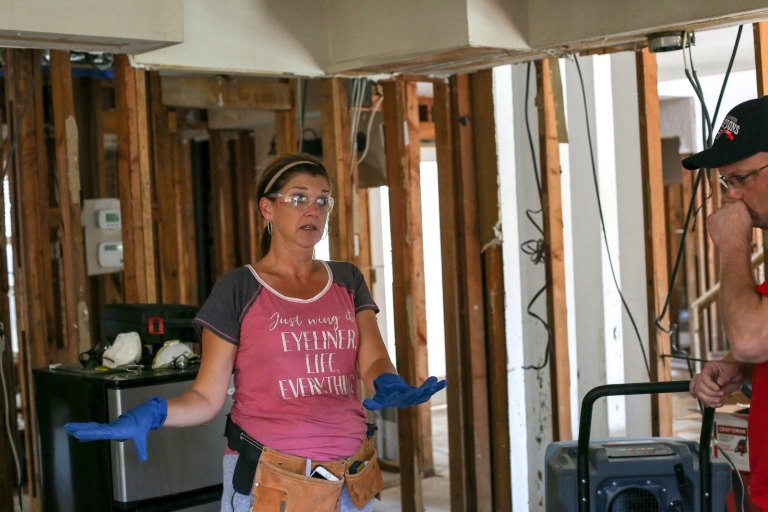
Then she took to Facebook and mobilized her community. She started posting pictures, stories, and wish lists. She very directly asked people to show up, bring their tools and donate money. And they did.
She adopted an entire neighborhood and brought along the rest of her community.
If Penny had waited until someone had told her what to do, none of that would’ve happened.
Step 4: Keep showing up. Keep listening. Keep going.
Love is not a short-term commitment. Violence is not mended in a day. This is why we need to show up… because once we’ve built relationships with the people who need help, it’s harder to be distracted from helping them.
Compassion fades quickly, but empathy is in it for the long haul. And empathy is developed by getting to know the people you’re helping.
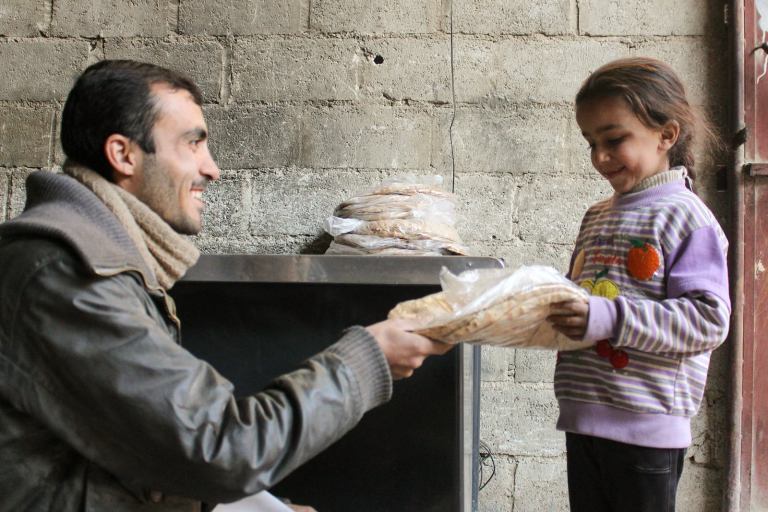
This is how you help. It’s fairly simple, even if it isn’t easy. Take these four steps and apply them the next time someone is going through a crisis or disaster. No matter how big or small, whether it’s a natural disaster or a personal crisis, this is the real way to help.
Ready? Now…. Go.

